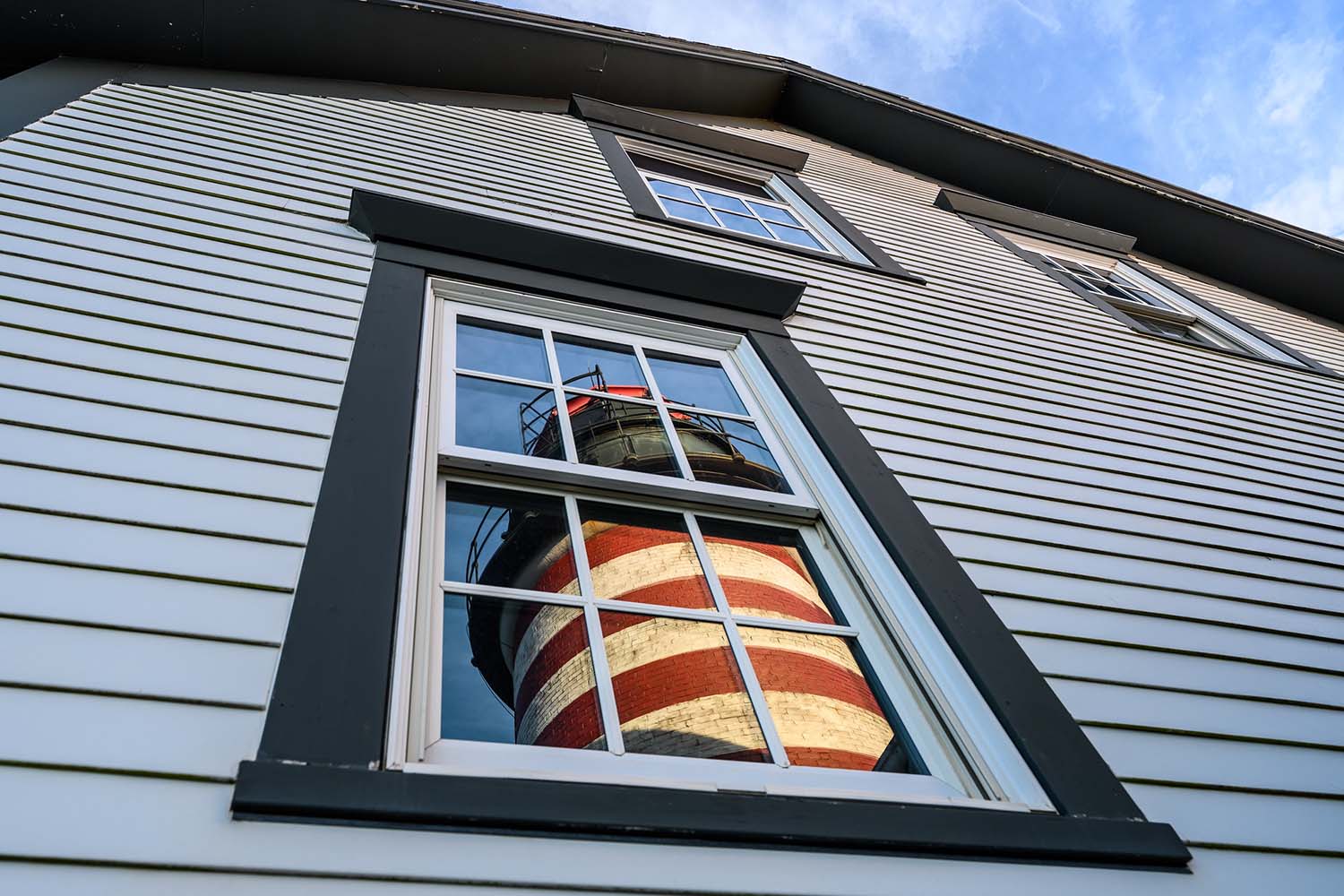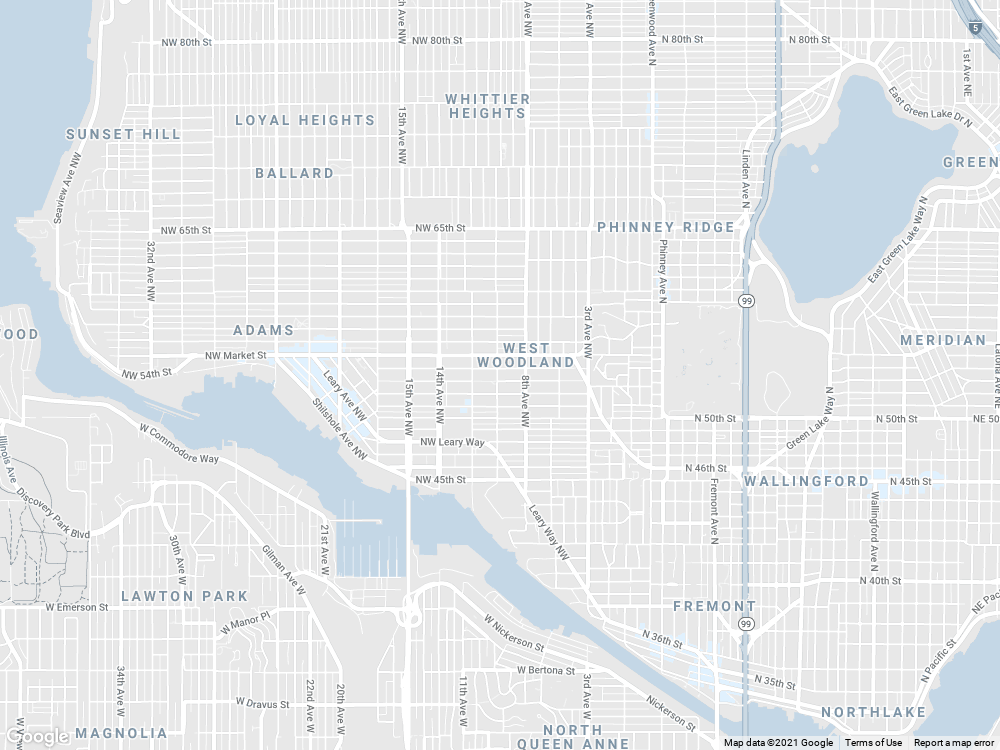Making the Right Choice: Vertical or Horizontal Siding Installation

Vertical or horizontal siding installation? The choice isn’t easy and can be perplexing, but it doesn’t have to be. Both of these types of siding installation have their advantages and disadvantages that should be considered before making your final decision.
Before you begin the process of deciding between vertical and horizontal siding installation, it's essential to know the advantages and disadvantages of each type so you can decide which one will work best for your needs and budget.
Vertical siding: pros and cons
Pros of going vertical
Adding vertical siding to your home offers both form and function to your overall exterior. If you're looking for an easy installation and a low-maintenance addition, vertical siding is worth considering. Plus, its design helps make even modest homes look grander. You'll also appreciate that there are many ways to customize vertical siding, from stained wood finish to masonry-like tiles and other options that give your home a unique appearance. And when it comes time to paint, vertical siding doesn't require special prep work—just apply primer and paint right over it!
Vertical siding is perfect for homeowners who want something that looks great without needing much upkeep. It's not just about aesthetics; if you live in an area prone to extreme weather, vertical siding can help protect your home against moisture damage caused by rain and snow.
Cons of vertical
Vertical siding installation can lead to sagging and buckling if your house isn't completely level. It's also typically more expensive than horizontal siding installation because it requires a taller crane for installation. Additionally, vertical walls may collect dirt and grime faster and are slightly more difficult to maintain, clean, paint, and repair. Finally, vertical siding has a shorter lifespan than horizontal siding—typically 10-15 years compared to 25-30 years.
Although it can be more aesthetically pleasing than horizontal siding, vertical siding requires more maintenance than its horizontal counterpart. This type of siding will need regular cleaning and upkeep to keep mold from forming on its surface. Vertical siding is also prone to warping in high humidity areas, so you'll want to take extra care when installing it in these regions.
Types of vertical siding
Vertical vinyl siding:
The popularity of vertical vinyl siding has grown over recent years, in part because its low-profile design fits snugly to windows and other architectural features that don't jive with horizontal styles. Vertical siding also doesn't require ground stakes for stability, meaning it can be installed on decks and in areas without a solid base. The material is durable, easy to clean, and simple to install—but not everyone loves its boxy appearance. If you want something more traditional looking, you might want to consider another option.
Vertical wood siding:
The vertical siding option is far more common in areas with colder climates. It comes in a few different variations, each of which is meant to give your home a unique, finished look. Vertical siding can be made from cedar, spruce, and plywood. No matter what material you choose, it will be more expensive than horizontal wood siding. Not only that, but vertical siding requires professional installation. For example, if you have an older home, you might need to remove some of your existing siding before installing vertical wood siding. If you aren't comfortable doing that yourself, then hiring a contractor will cost even more money. However, if you want something truly custom for your home—and are willing to pay for it—vertical wood siding could be right for you.
Vertical cedar siding
Many people are concerned with how quickly vertical cedar siding will deteriorate over time. With proper maintenance, however, you can keep your home looking great for decades. To preserve your new exterior and extend its life, you'll need to apply a protective sealant every few years; these are generally used as part of an annual spring cleaning before new foliage emerges in your yard. Vertical cedar siding is an excellent choice if you want to add some color to your life without committing to a complete paint job. It comes in many styles and colors that complement traditional homes and modern designs.
Vertical fiber cement siding:
You'll love how vertical fiber cement siding protects your home from weathering, pests, rot, cracking, and even fire! This type of siding can look amazing in many different settings and will remain great looking for years to come. It can be challenging to install correctly due to its size and weight. In order to ensure that you get a good finish on your exterior walls, you may need to hire professional help. However, once installed correctly, vertical fiber cement siding is extremely durable and should last for decades without needing any touch-ups.
Horizontal siding: pros and cons
Cons of horizontal Siding:
A potential downside of horizontal siding is that it can accumulate a lot of dirt and grime, making it harder to keep clean. (And you certainly don't want your home looking dirty.) This can be particularly problematic if you live in an area with a lot of outdoor activity, such as a neighborhood with busy sidewalks and lawns. On the downside, horizontal siding is prone to weather damage over time; for example, if you live in an area with extreme temperatures (hot summers and cold winters), it may crack over time due to thermal expansion. You might have to spend time cleaning horizontal siding regularly when you should be focusing on other projects!
Pros of going horizontal
Easier to get higher quality siding that lasts longer than vertical siding. You don't have to worry about damaging horizontal siding when scraping ice from your windows and doors during winter. Also, if you live in a windy area, horizontal siding will help keep your home more secure as it can withstand high winds better than vertical siding. If you live in an area with extreme weather conditions such as hurricanes or tornadoes, horizontal siding may be a safer option for keeping debris out of your home. This type of siding is also typically less expensive. You also won’t need any special tools to install horizontal siding on your home, so you can save money by doing much of the work yourself.
Types of horizontal siding
Horizontal wood siding
Just like its name suggests, horizontal siding involves fastening strips of wood to your home horizontally. These wooden planks may be treated with chemicals to protect them from rotting. There are also non-treated versions that will require periodic maintenance as well. A horizontal installation is ideal for giving your home a country feel, but it can be hard to keep clean if you don't have much outdoor space for storing supplies and equipment. Plus, painting horizontal wood siding isn't always easy; some homeowners find it easier to replace the boards rather than repainting them.
Horizontal vinyl siding
This material is popular because it's durable and relatively easy to install. For example, it can be installed using a nail gun, so you don't need special equipment to use it. It's also one of the more cost-effective types of siding, although not all models are cheaper than vertical siding—it depends on your needs and which horizontal model you choose. Finally, it comes in various colors so you can match it to your home.
Horizontal fiber cement siding- James Hardie Siding
Fiber cement siding is probably one of the most popular options for homeowners wanting to change their home's appearance and curb appeal, with James Hardie being one of the top brands. Fiber cement siding, also called Hardieplank, is excellent for use on horizontal surfaces such as dormers, gables, and walls. Fiber cement is a durable material that lasts for decades and needs little to no maintenance; it requires no painting and resists fire, insects, and rot. Moreover, fiber cement siding can be installed directly over most existing surfaces such as stucco, wood paneling, and concrete block.
If a storm rolls through your area, there's no need to worry about water seeping into your home through damaged siding. With James Hardie fiber cement siding, you can rest easy knowing that rainwater won't be able to seep through tiny cracks in your home's exterior.
Horizontal cedar siding
A horizontal siding installation gives you a uniform, professional-looking aesthetic. It's perfect for modern homes that want to be maintenance-free. But, if you're thinking about purchasing a home with horizontal siding and aren't sure how it will look over time, don't worry—it will always maintain its quality and look great for decades. Consider horizontal cedar siding installation if you want your home to look modern without doing any work in your yard!
Vertical and horizontal siding costs:
Even if you own your home, you can expect to pay thousands of dollars on average for new siding. The cost will vary depending on how much material is needed and the type of material used. Homeowners should also factor in costs associated with hiring someone to install their siding. Installation costs can increase depending on whether a professional contractor or DIYer does it.
Contact Us for siding repair or replacement
Ecoside, located in Seattle, is a siding and home remodeling contractor that serves residential customers throughout Seattle. With more than ten years of experience, we are one of our area's top exterior remodeling contractors. If you are interested in adding new siding, repairing your existing siding, or replacing your outdated siding with the contemporary style of James Hardie board-and-batten, EcoSide can provide you with a free, no-obligation estimate.
EcoSide had been making siding easy in the Seattle area since 2009 and would be happy to serve your needs. Call (206) 235-1275 or visit EcoSideSeattle.com today for a free estimate. Or use our handy Siding Calculator to estimate how much a full siding replacement could cost for your home.
Siding Replacement Calculator
Use our free Siding Replacement Calculator to estimate how much you could save on your siding replacement project.
Hey Neighbor, Let's Connect
EcoSide is doing great work in your neighborhood! Get your free estimate now.

Don't Wait! Get a Free Estimate Now
Fill in a few details to get your siding replacement estimate